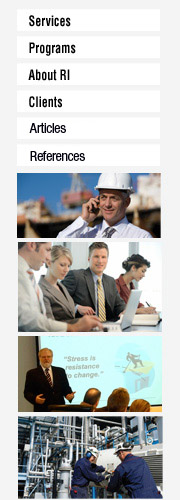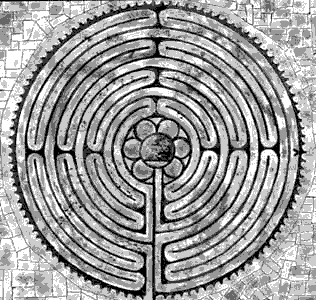Programs -
SOLVING PROBLEMS, MAKING DECISIONS - TOGETHER!
Coping with complexity is central to human decision-making. Our work is largely composed of
making decisions and solving problems. It is work of choosing issues that require attention,
setting goals, finding or designing suitable courses of action, evaluating and choosing among
alternative actions. The first three of these activities--fixing agendas, setting goals, and
designing actions--are usually called problem solving; the last, evaluating and choosing, is
usually called decision making.
The following sessions will present basic tools that support people in groups and teams to gather
information, explore possibilities, analyze options, weigh priorities, and make decisions that
can be by all involved in making that decision work.
Decision Making
The decision making portion of the program will focus on how to include the appropriate people in
the appropriate roles throughout all stages of the decision making process (from gathering
information, analyzing, making the decision, and following through with application).
The emphasis will be how to be aware of and reduce the potential resistance to a decision in
order to increase the success of its application.
- Difficulties, blocks and barriers to effective decision making and problem solving.
- How decisions are made - from "plop to consensus" (the risks of making decisions that may
meet resistance in application and follow through).
- The Decision Making Grid - how to clarify different people's level of involvement in a
decision process.
- Consensus Decision Making:
- Four types of decisions (unanimous, consensus, majority, authority).
- What consensus is when to use it, when to avoid it, and how to make it happen - The Team Decision Making Flowchart (a process).
Problem Solving
Problem Solving implies solving the problem correctly, i.e., coming up with the 'right' answer.
Although that is certainly the goal, the foundation for good problem solving lies in following
certain models that make sure you cover all the bases in getting information and evaluating the
information. The problem solving portion of this program will presents two problem solving models
while facilitating people to work in teams to apply these models to their work situations.
- A six-step balanced process for solving problems
- Used individually or as a group process
- Participants will work in small teams to apply this six-step process to design a plan
for resolving a current work related problem.
- S.T.P. Problem Solving (Situation, Target, Proposal(s) Teams apply the STP to the
their current work related problem
- Participants discuss connections between the two problem solving processes, and how
they can use both to complement one another.
- (S) Define the Situation ( Step 1: Gather Facts)
- (T) Define the Target (Step 2: Explore Possibilities)
- (P) Proposals (Step 2: Explore Possibilities
- Step 3 Analyze Options
- Step 4 Clarify Priorities
- Step 5 Assign and communicate decisions, tasks
- Step 6 Follow through & Evaluate progress
MATERIALS/TEXT
- Highly interactive
- Course will be approximately 30% presentation, with activities, exercises, group and dyad discussions.
- Available support materials include: workbook, audio tapes, video tape, reminder cards, reminder mug.
COURSE LENGTH
- One to three days
- The course time and content can be customized to fit the client’s needs.
FOR MORE INFORMATION
Contact:
Stephen Haslam
Resource International
6119 Bankside
Houston, TX. 77098,
Phone: 713-305-1812
Fax: 713-779-6537
|



